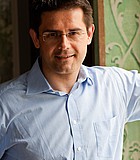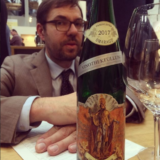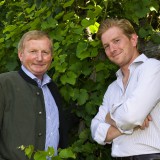Wachau
The Wachau is a UNESCO world heritage site and a landscape that exudes a sense of well-being. The narrow Danube valley between Melk and Krems is home to 1,400 hectares of vineyards, many of them on steep terraces growing Grüner Veltliner and Riesling. The wine categories of Steinfeder, Federspiel and Smaragd are used respectively for light-, medium- and full-bodied wines with natural alcohol.
The Wachau landscape is characterised by the man-made stone terraces that enable viticulture despite the steepness of the terrain. It also boasts a complex geological profile. In the post-glacial period, silt sediments were deposited on the mountains which, in turn, resulted in the loess soils as well as steep slopes of "Gföhler" gneiss found today. The Danube made its contribution by depositing sand, gravel and loess onto the flat vineyard areas. Meanwhile two strong, complementary climatic forces converge here: the western Atlantic and eastern Pannonian influences. There are also different mesoclimates at work and these depend on everything from the inclination of the slopes to the presence of heat-storing walls and rocks. Hot, dry summers and cold winters are moderated by the Danube. Cold down-slope winds originating in the northern Weinviertel area cause big swings between day- and night-time temperatures, especially in the months prior to harvest. The interaction of weather conditions between the cool Spitzer Graben valley and the warm Loibenberg helps to build complex aromas in the grapes.
From the Wachau we ship Domäne Wachau as well as the “Fab Four”: FX Pichler, Emmerich Knoll, Franz Hirtzberger and Prager.
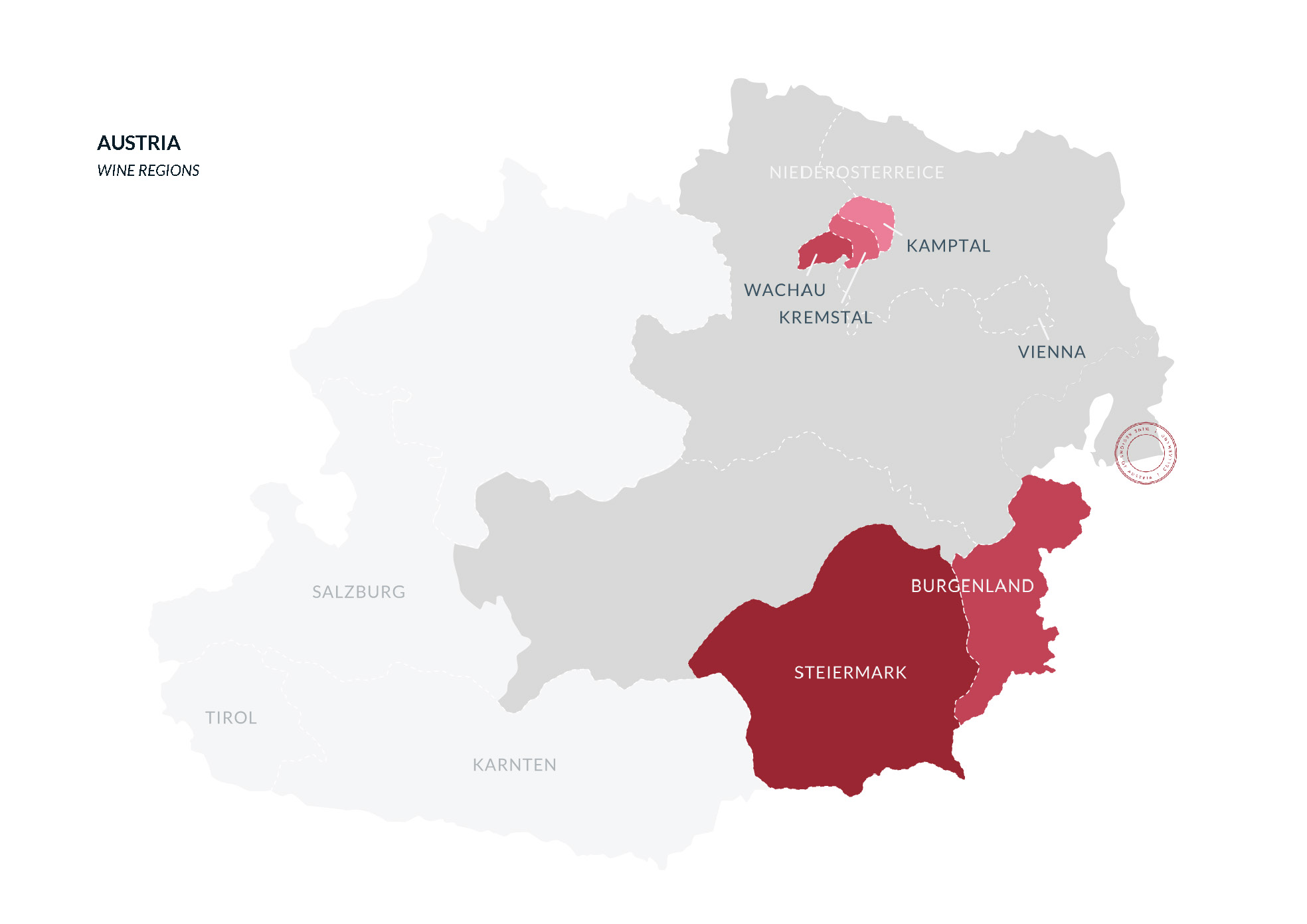
Latitude
47.728032 N
Longitude
16.226877 E
Domäne Wachau
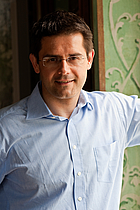
Roman Horvath MW
Winemaker
About
Sustainable Austria-certified Domäne Wachau draws on some of the very best vineyards in the Wachau, including mythical names like Singerriedel, Achleiten, Kellerberg and Loibenberg. Estate chief Roman Horvath MW and winemaker Heinz Frischengruber have mobilised and energised some 250 small growers into growing balanced crops of ripe, healthy grapes across the valley. These translate to powerfully regional and site-specific wines that these days stand proudly next to the most revered estates of the region. The Domäne Wachau Terrassen and single-vineyard wines are sourced from the best grapes grown on the steep terraces of the Wachau. These are vinified with conscientious focus on terroir and express the mineral character derived from the complex rocky soils of the Wachau. They're also some of the very best-value wines that we import.
Emmerich Knoll

Family Knoll
About
"This winery has produced so many cult wines over the last decades that it would not be a problem to fill an entire book with their tasting notes." So goes the Falstaff Ultimate Wine Guide's entry on Knoll, pronounced with a K. The winery uses exclusively old oak foudres and implements a winemaking philosophy that places varietal site expression at the forefront. Emmerich Knoll senior is a thoughtful, quiet man; the opposite of Emmerich junior, cosmopolitan and modern in his approach. The Knolls have holdings in all the best sites, as exemplified by their success in the now infamous UK tasting where an aged Knoll Grüner beat a field of Grand Cru white Burgundies. The unmistakable labels bearing the image of Saint Urban, the patron saint of winegrowing, are a reminder that tradition is the watchword here. But what isn’t so obvious is that Emmerich Knoll’s wines are sheer joy to drink — now or far into the future.
Franz Hirtzberger

Franz Hirtzberger & Franz Hirtzberger Jr
Winemakers
About
The Hirtzberger family purchased its first vineyards in the village of Spitz in the late 1800s. The winery is situated at the western end of the Wachau - the part that's coolest and closest to the mountains. The terraced Singerriedel vineyard has brought the family near legendary status for its Riesling, while the Honivogl has done the same with Grüner Veltliner. Such sites, allied to an approach that’s simple in the extreme, lend the wines an often astonishing transparency and complexity.
F.X. Pichler

Lucas Pichler
Winemaker
About
"Everything here seems stylish, cultured and intelligently managed," wrote Sophie Otton of her recent visit to FX Pichler - which is, she notes, "widely regarded as Austria's finest estate". "Most of the wines here are Smaragd, which indicates the quality of their vineyard sites," Sophie observes. "Looking down the hillside to the Danube, it's obvious, the aspect is perfect. The wines are striking, like cut crystal, with strong clear lines; succulent, satiny and honeyed." The new winery, completed in 2010, is a stunning piece of design, with an imposing bank of stainless steel vats, side by side with the old oak foudres that are used for aging but not fermentation. The Pichlers use long maceration times – 20 hours for the Smaragds - and bottle direct from cask after eight months or so aging on lees. These exceptional wines have every inch of the finesse of Prager, but communicated through a slightly more open, loose- knit framework.
Weingut Prager
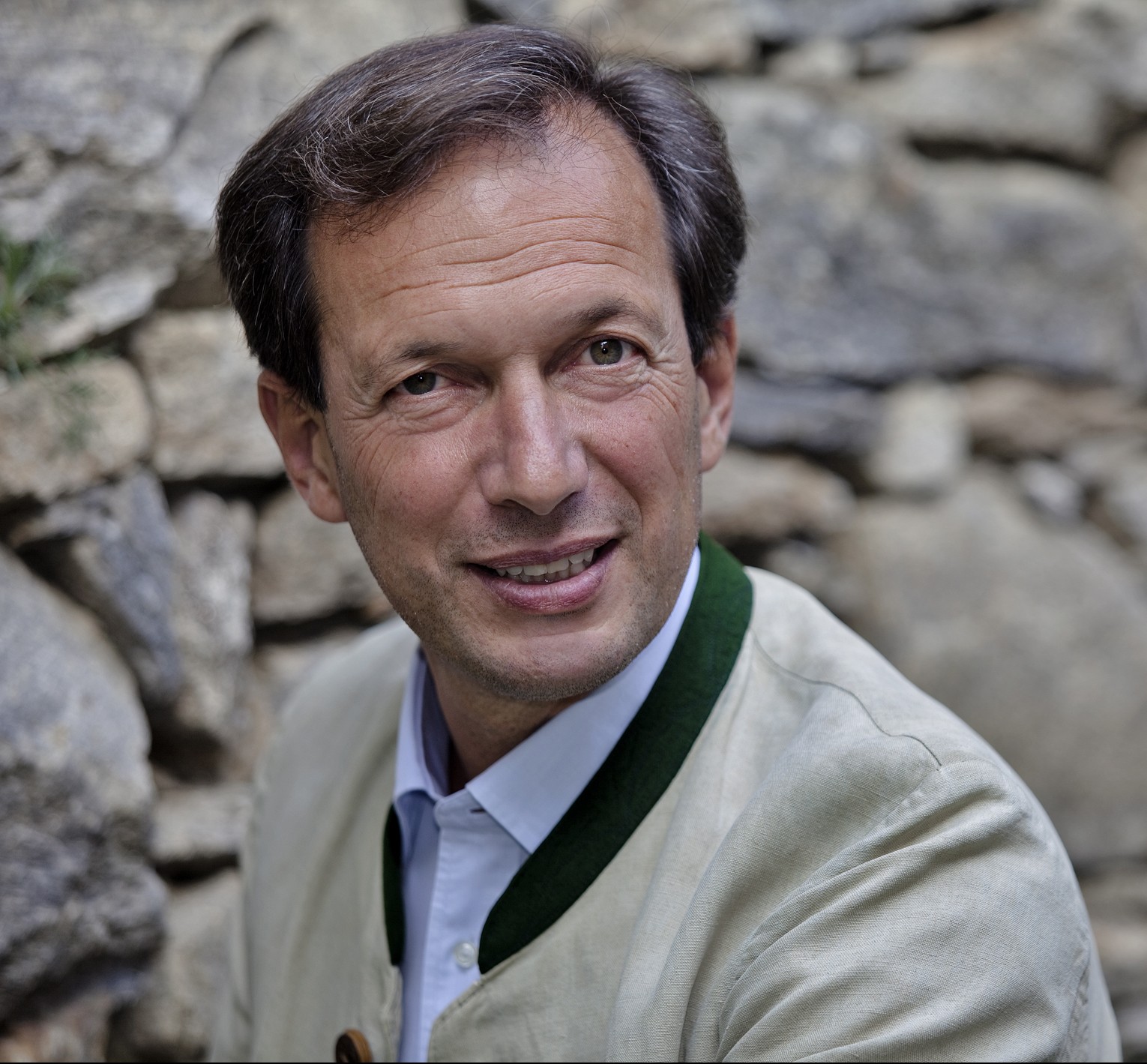
Toni Bodenstein
Winemaker
About
It’s all stainless steel, clean and high-tech at Prager. Toni Bodenstein is an icon of the new Austria and innovative in his approach. He’s been in control of winemaking since the early nineties and has positioned Prager firmly in Europe’s top echelon. The estate’s vineyards cover 16.5ha; 60% planted to Riesling, 40% Grüner Veltliner. Toni is the foremost authority in the region on the hugely diverse mesoclimates across the valley. His entry-level Grüner and Riesling are the epitome of Wachau purity and the rest of the range is a fascinating study in the terroir of Austria's greatest white-wine region. As Falstaff magazine puts it: "Bodenstein creates wines that unite elegance and finesse with expressiveness and power. These wines show that the great growths of the Wachau are some of the best in the world."
